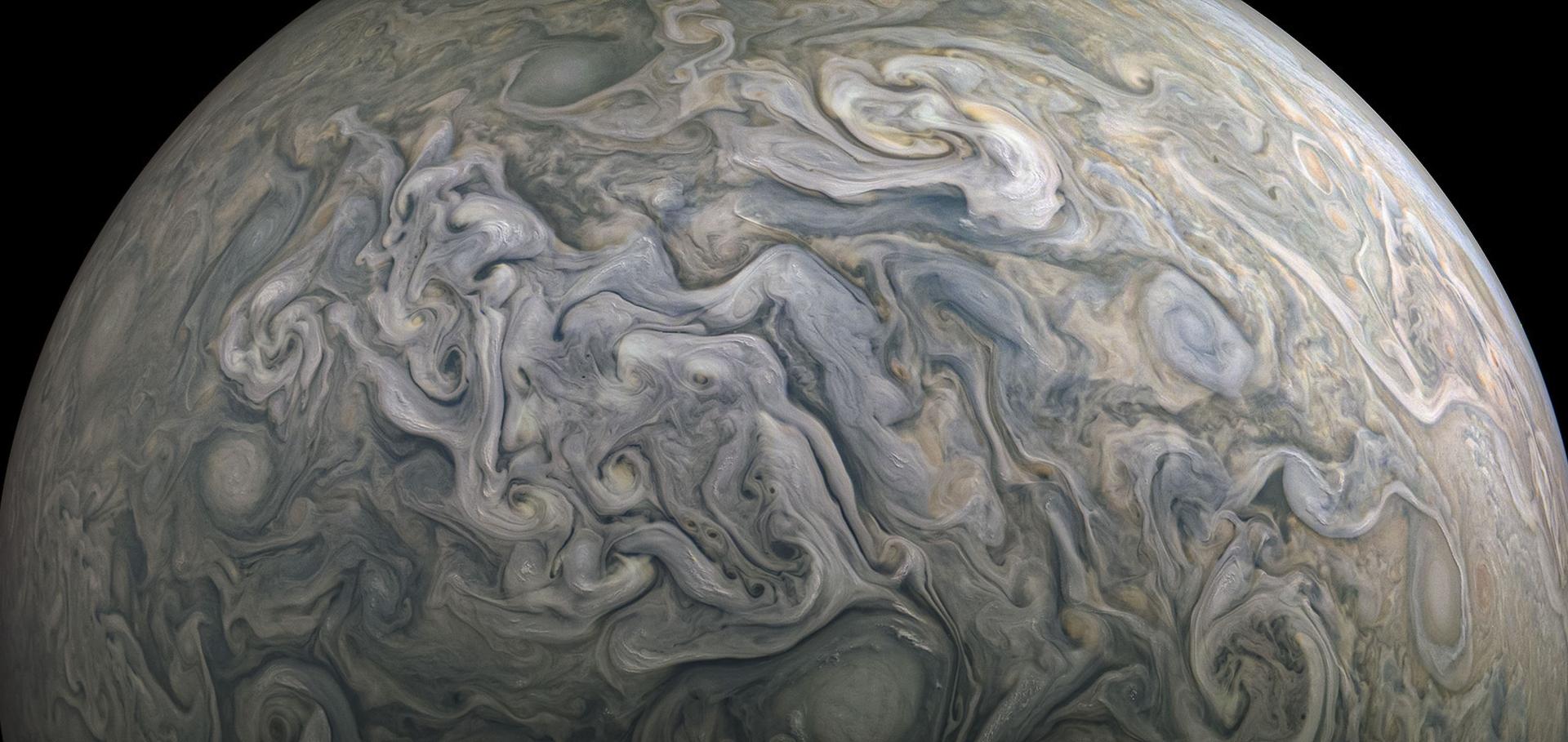Short bio
I am a Dutch guy researching weather and climate simulations in Oxford, after doing my PhD in Mainz (Germany) and studying meteorology and climate processes in Utrecht and Wageningen. During my PhD I was part of the German transregional collaboration center WavesToWeather (TRR-165) and currently I am contributing to a project called Model Uncertainty Model Intercomparison Project (MUMIP). Both of these research projects proceed in active collaboration with national weather services (or their research modelling partners; in the UK, Germany, USA, France and The Netherlands) and international modelling centers.
During my master thesis I did an internship at the Dutch national weather service in De Bilt: Koninklijk Nederlands Meteorologisch Instituut, or in English: Royal Netherlands Meteorological Institute.
Find a copy of my latest journal submission (as electronic pre-print via arxiv.org) "When tiny convective spread affects a midlatitude jet: spread sequence" here.
Extended research interests:
- Mid-latitude weather;
- (Deep) convection;
- Climate and Earth System;
- Predictability;
- Uncertainty;
- (Atmospheric) Dynamics;
- Weather and Climate Models; in particular their dynamics-physics coupling
- Local weather;
- Severe Weather;
- Wind Storms and dynamic weather patterns;
- Weather and Climate Observations and (Automated) Weather Stations;
- Now-casting
During my PhD-project I have developed a conceptual model for the understanding of the strength of divergent outflows from organised deep convection - they are wind perturbations in the upper troposphere (in the form of gravity waves) that propagate away from thunderstorms as a result of their condensational heating.
Furthermore, I have investigated dynamical relations, and the predictability, of these special outflows in relation to smaller scale dynamics of the organised convective systems (for instance: convective initiation).
Lastly, during my previous project in WavesToWeather, I have looked at how various types of contemporary numerical weather prediction models represent these special outflows, and the resulting potential for their critical effects downstream, affecting dynamics at larger scales. The associated chain of dynamical processes could explain important so-called forecast busts, as suggested by a study from 2013 (and further studies since). Interested readers can find more in my publication list (former paragraphs) and in my latest journal submission (Feb. 2025).
In the current MU-MIP project, we will estimate the uncertainty of model parameterizations. Hereby, a workflow has been developed, whereby physics and dynamics are essentially "de-coupled" using a so-called single column model, so that the parameterized behaviour of the (normally: coupled) model can be studied in pseudo-isolation from dynamics. Nevertheless, the dynamics still acts on the individual columns through prescribed boundary conditions. With the workflow, stochastic and systematic uncertainty of parameterizations could be related to stochastic schemes, as well as to the ability of stochastic schemes to describe non-deterministic physical behaviour of atmospheric phenomena (in a fair comparison to, for instance, high-resolution storm-resolving simulations).


